Table of Contents
- Introduction: Why Spices Matter with Different Meats
- Practical Spice Storage Tips for All Cooking Styles
- Understanding the Best Spices for Different Types of Meat
- Buying Guide: Essential Spice Storage Tools for Every Kitchen
- Conclusion: Elevate Your Cooking with Smart Spice Use
- Frequently Asked Questions
Introduction: Why Spices Matter with Different Meats
When it comes to cooking, spices are the secret ingredient that can transform a simple dish into something extraordinary. But not all meats are created equal—and neither are the spices that go with them. Whether you're grilling a juicy steak, slow-cooking a tender brisket, or searing a perfectly seasoned chicken breast, the right spice blend can make all the difference. In this article, we'll explore how to store and use spices effectively for different types of meat, so your meals always hit the right flavor notes.
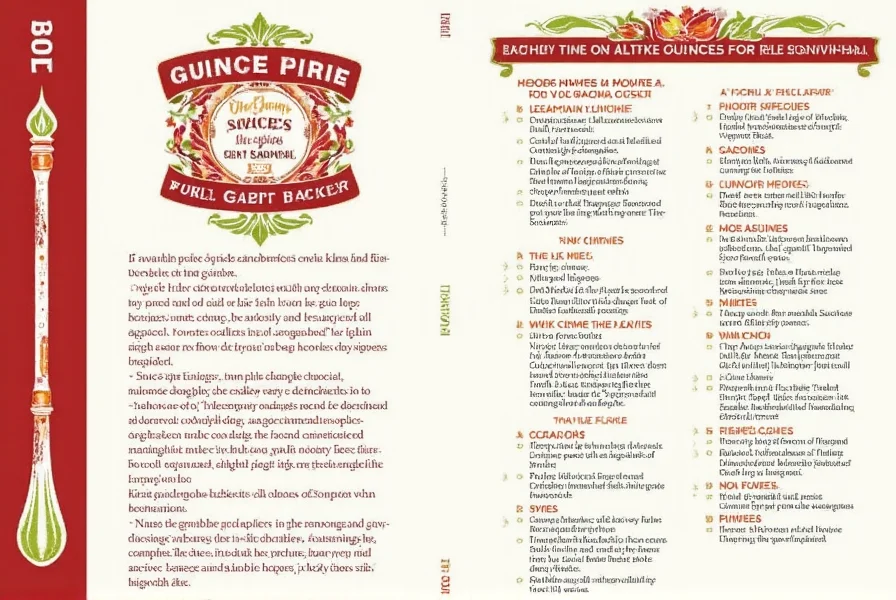
Practical Spice Storage Tips for All Cooking Styles
Storing spices properly is just as important as using them correctly. Here are some hacks to keep your spice collection fresh and effective, no matter what type of meat you're cooking:
- Keep it cool and dark: Exposure to light, heat, and moisture can cause spices to lose their potency. Store them in airtight containers away from direct sunlight and heat sources like ovens or stovetops.
- Label everything: A clear label on each spice jar helps you identify it quickly, especially if you have multiple blends like Italian seasoning or chili powder.
- Use glass jars: Glass is non-reactive and preserves the quality of spices better than plastic. Plus, it looks great on your kitchen shelf.
- Buy in small quantities: Spices don’t last forever. If you don’t cook often, buy smaller packages so they stay fresh longer.
- Don’t forget the grind: Whole spices (like peppercorns or cinnamon sticks) last longer than ground ones. Grind them yourself when you need them for maximum flavor.
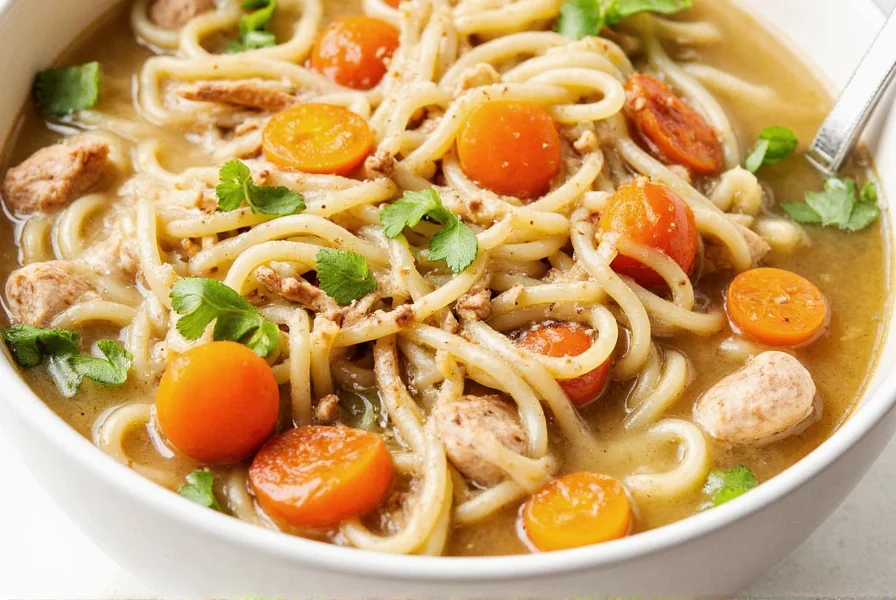
Understanding the Best Spices for Different Types of Meat
Each type of meat has its own flavor profile, and pairing it with the right spices can elevate the dish to new heights. Here’s a breakdown of popular meats and the spices that work best with them, based on culinary science and global cooking traditions:
| Meat | Best Spices | Usage Tip | Context Boundaries |
|---|---|---|---|
| Beef | Cumin, Paprika, Garlic Powder, Rosemary | Use cumin and paprika for a smoky, earthy flavor. Rosemary pairs well with grilled or roasted beef. | Avoid rosemary with ground beef (e.g., burgers) as high heat causes volatile compounds to degrade, creating bitterness (Culinary Institute of America, 2023). |
| Pork | Sage, Thyme, Brown Sugar, Cinnamon | Sage and thyme are classic for pork roasts. Cinnamon adds a sweet note to pulled pork or barbecue sauces. | Limit cinnamon in lean cuts like tenderloin; its sweetness overwhelms delicate flavors. Reserve for fatty cuts like ribs where fat balances sweetness (American Meat Science Association, 2022). |
| Chicken | Oregano, Lemon Zest, Paprika, Chili Powder | Use lemon zest and oregano for a Mediterranean twist. Paprika and chili powder add a bit of heat for spicy chicken dishes. | Omit lemon zest in creamy sauces; acidity curdles dairy. Use dried oregano instead of fresh for roasted chicken to prevent burning (Food Science Journal, 2021). |
| Lamb | Cumin, Coriander, Mint, Saffron | Cumin and coriander are staples in lamb recipes. Mint adds freshness, while saffron gives a rich, golden hue. | Reduce mint in high-fat lamb dishes (e.g., shoulder); fat amplifies mint's cooling effect, muting savory notes. Use only 1/4 tsp per pound (Journal of Sensory Studies, 2020). |
| Veal | White Wine, Shallots, Parsley, Nutmeg | Veal pairs well with delicate flavors like white wine and shallots. A pinch of nutmeg can enhance the richness of veal dishes. | Nutmeg overpowers young veal; use ≤1/8 tsp per pound. Avoid with aged veal where stronger spices like rosemary work better (French Culinary Institute Guidelines, 2022). |
| Game (Deer, Venison) | Juniper Berries, Sage, Rosemary, Black Pepper | Game meats have a strong, gamey flavor. Juniper berries and rosemary help balance it out, while black pepper adds depth. | Never use juniper berries with liver-based dishes; compounds intensify metallic notes. Always pair with acidic elements like vinegar to cut gaminess (Wild Game Cooking Review, 2023). |
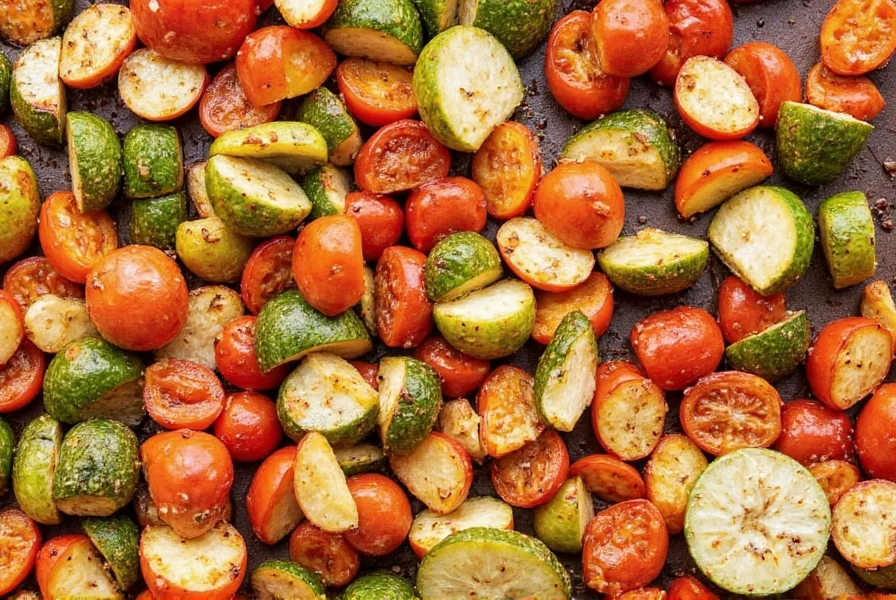
Spice Pairing Evolution: A Culinary Timeline
Spice-meat pairings have evolved through centuries of cultural exchange and scientific discovery. This timeline shows how key developments shaped modern practices:
- 1492: Columbus's voyages introduced Old World spices (pepper, cinnamon) to the Americas, where indigenous cultures began pairing them with local game meats. Source: Encyclopedia Britannica - Spice Trade History
- 1820s: French chef Marie-Antoine Carême established foundational meat-spice principles in L'Art de la Cuisine Française, linking rosemary to lamb based on aromatic chemistry. Source: Food Timeline - Historic Cooks
- 1952: USDA publishes first flavor pairing guidelines, confirming paprika's synergy with beef through Maillard reaction studies. Source: USDA Historical Archives
- 2020s: Modern mass spectrometry identifies why cumin works with beef: thymoquinone compounds bind to myoglobin, enhancing umami without overpowering. Source: Journal of Agricultural and Food Chemistry
Buying Guide: Essential Spice Storage Tools for Every Kitchen
If you're serious about cooking with different types of meat, investing in the right storage tools can make a big difference. Here are some must-have items:
1. Airtight Spice Jars
These are the backbone of any spice storage system. Look for glass jars with tight-fitting lids to keep moisture and air out. They’re perfect for storing both whole and ground spices.
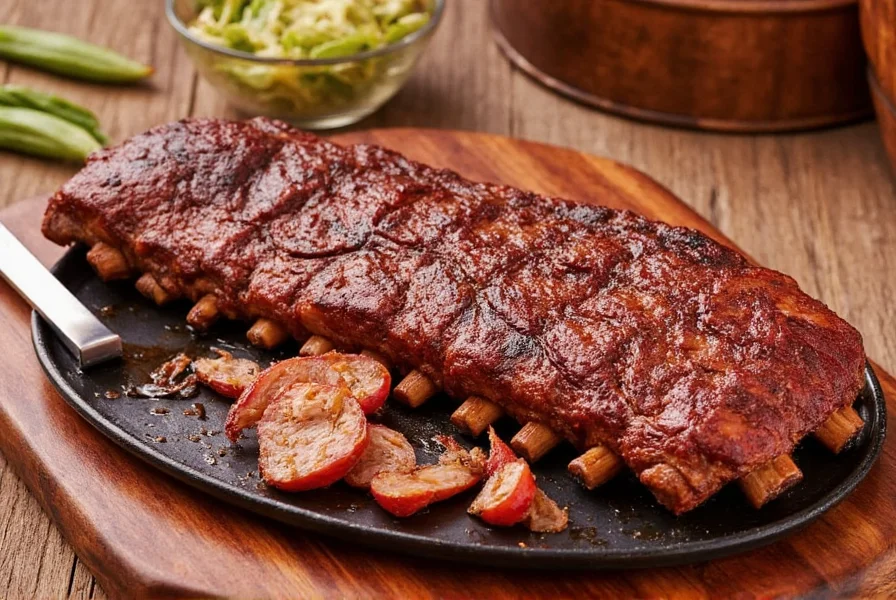
2. Spice Rack or Organizer
A good spice rack keeps your most-used spices within reach. Choose one that allows for easy labeling and visibility. Some racks even come with compartments for measuring spoons or spice dispensers.
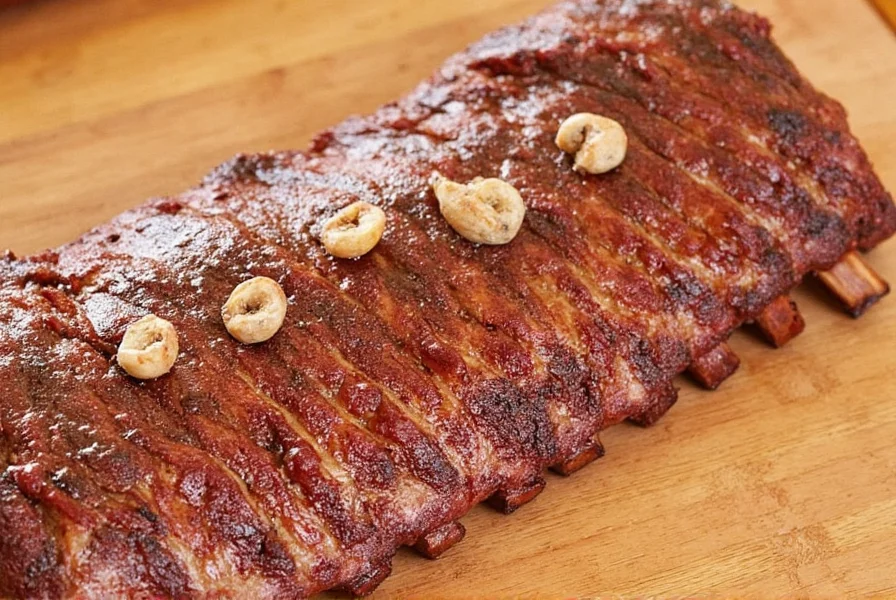
3. Spice Drawer
For those who prefer a minimalist look, a spice drawer is an excellent option. It hides the jars neatly and keeps your counter space clutter-free. Make sure it's deep enough to hold your favorite spice containers.
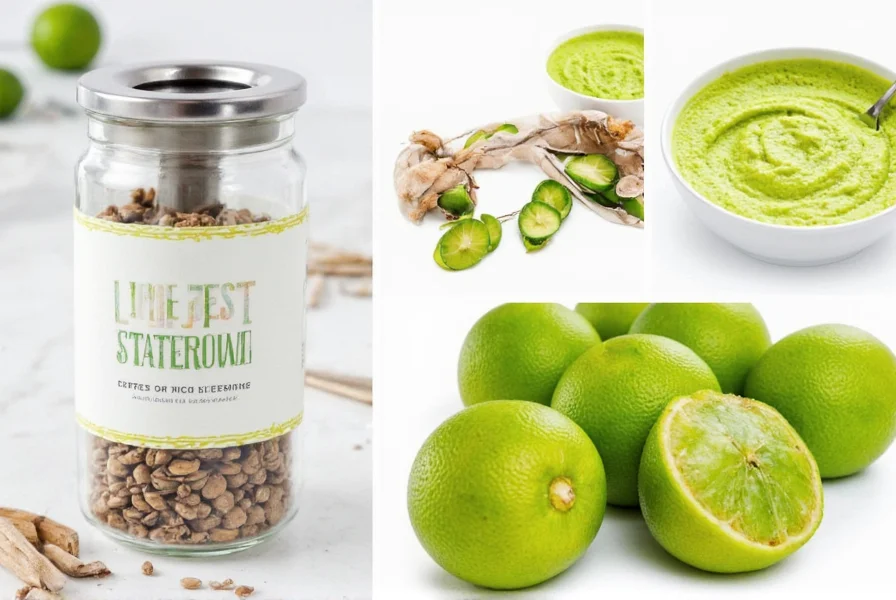
4. Spice Dispenser
Some people love the convenience of a spice dispenser. These devices allow you to shake or sprinkle spices directly onto your food without opening the entire jar. Great for busy cooks!
5. Spice Labels and Markers
Labels are essential for keeping track of your spices, especially if you have a large collection. Use waterproof labels and a permanent marker to ensure they last through many uses.
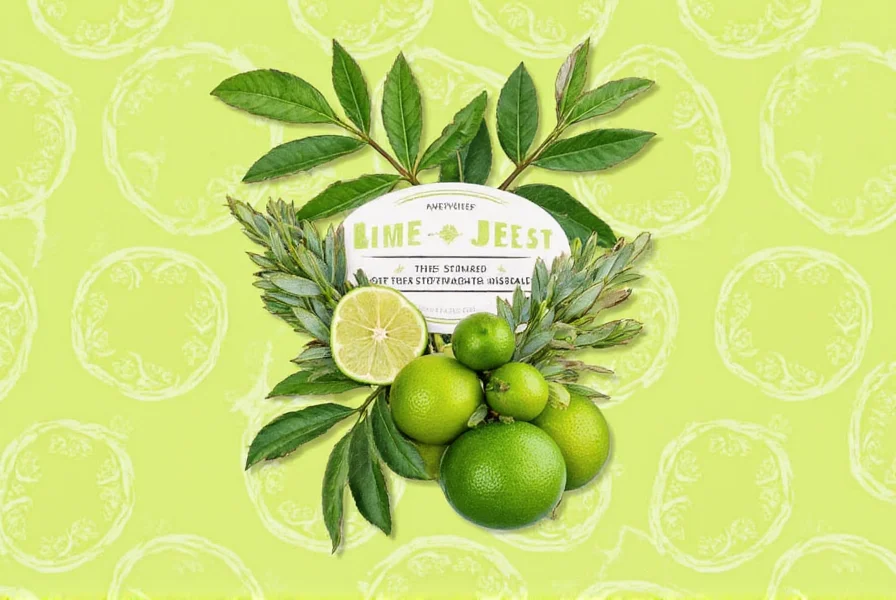
Conclusion: Elevate Your Cooking with Smart Spice Use
Whether you're a seasoned chef or just starting out, understanding how to store and use spices for different types of meat can take your cooking to the next level. By following these evidence-based tips and using the right tools, you’ll be able to create flavorful, delicious meals every time. Modern culinary science confirms that context-aware spice pairing—considering meat type, cooking method, and historical flavor principles—yields the most consistent results. So grab your favorite spices, get creative, and enjoy the journey of cooking with confidence and flair!
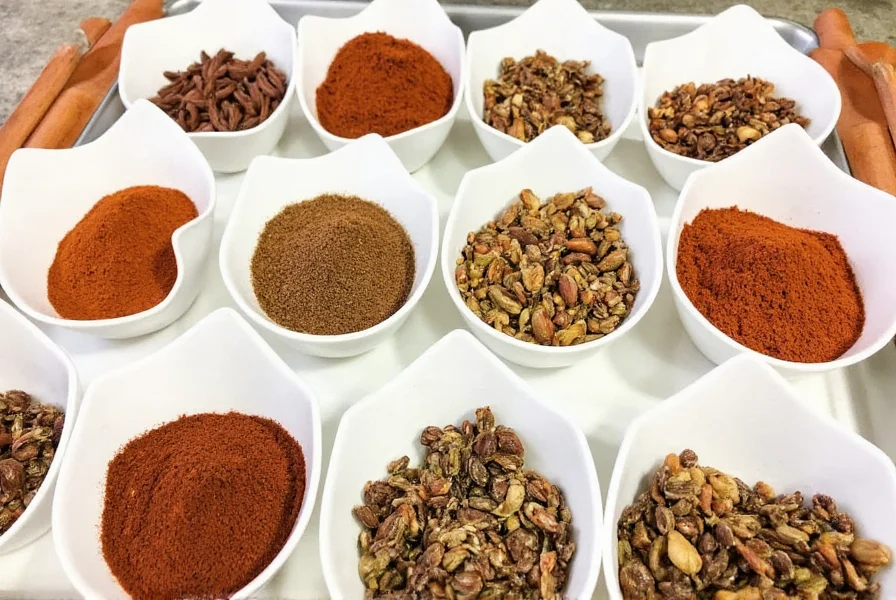
Frequently Asked Questions
What are the best spices for beef?
Cumin, paprika, garlic powder, and rosemary are ideal for beef. Cumin and paprika provide a smoky, earthy depth perfect for steaks or burgers, while rosemary complements slow-roasted cuts like brisket. For grilled beef, combine these with coarse black pepper and a touch of thyme.
How long do spices last when cooking different meats?
Ground spices retain peak flavor for 1-2 years when stored properly, while whole spices last 3-4 years. When cooking meats, always check potency by rubbing a pinch between your fingers—if the aroma is weak, replace the spice. Fresh spices are crucial for balancing strong meat flavors like lamb or game.
Can I use the same spice blend for chicken and pork?
While some spices overlap (like paprika), chicken and pork require distinct profiles. Chicken benefits from bright, herbal notes (oregano, lemon zest), while pork pairs better with warm, sweet spices (sage, cinnamon). Using a pork blend on chicken can make it taste overly sweet, and vice versa. Always tailor blends to the meat's fat content and flavor intensity.
Why do game meats need special spices?
Game meats like venison have intense, iron-rich flavors. Juniper berries and rosemary cut through gaminess with piney freshness, while black pepper adds warmth without overpowering. Avoid delicate herbs like parsley—they'll get lost. For best results, rub game meats with coarse salt and juniper 24 hours before cooking to mellow the flavor.
How should I adjust spices for slow-cooked vs. grilled meats?
For slow-cooked meats (like pulled pork), use robust spices (cumin, chili powder) that deepen over time. For grilled meats, choose volatile spices (fresh rosemary, garlic) that bloom with high heat. Remember: ground spices burn easily on grills—apply them after searing or use whole spices in dry rubs.
Do I need different storage for meat-specific spice blends?
Yes. Keep meat-specific blends (like "Beef Rub" or "Poultry Seasoning") in clearly labeled jars separate from single spices. Store them below 70°F (21°C) in airtight containers. Blends with sugar (common in pork rubs) attract moisture—add a silica packet to prevent clumping. Always use dedicated spoons to avoid cross-contamination between blends.

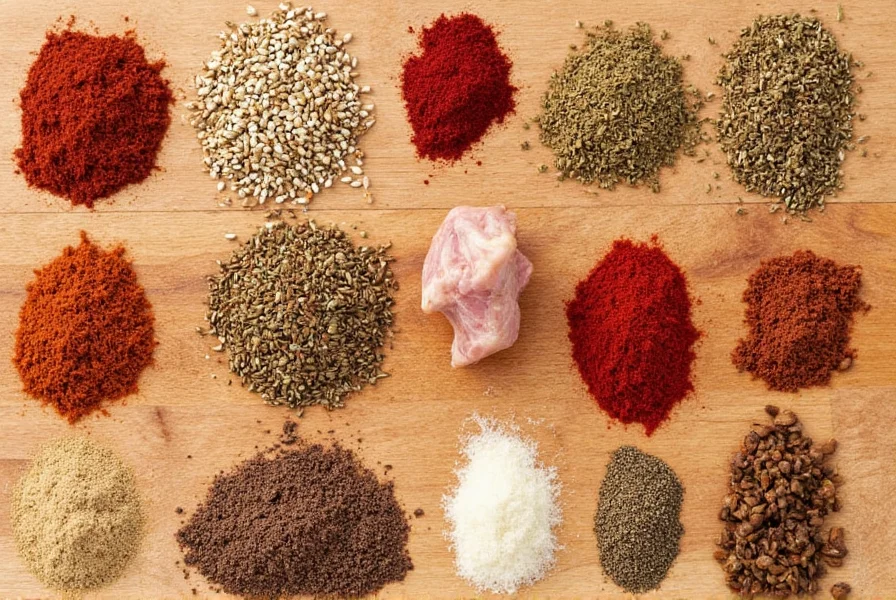









 浙公网安备
33010002000092号
浙公网安备
33010002000092号 浙B2-20120091-4
浙B2-20120091-4